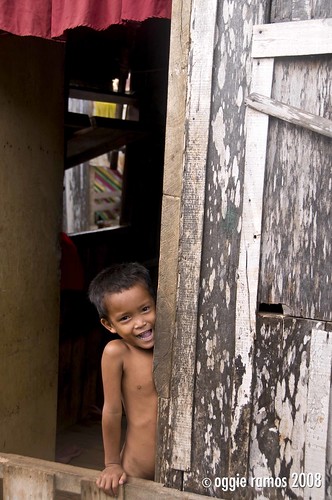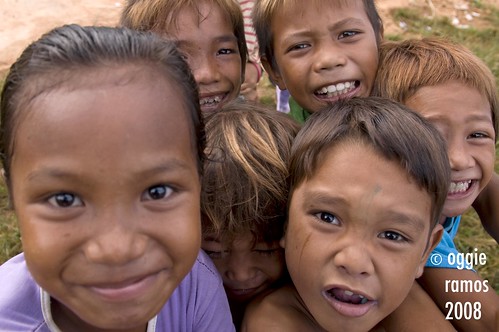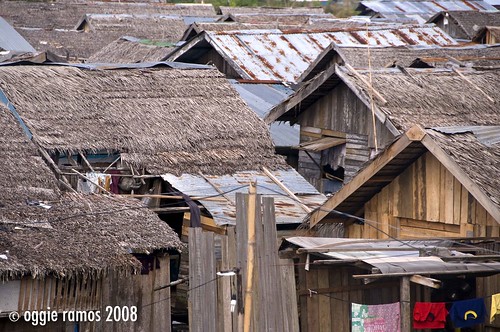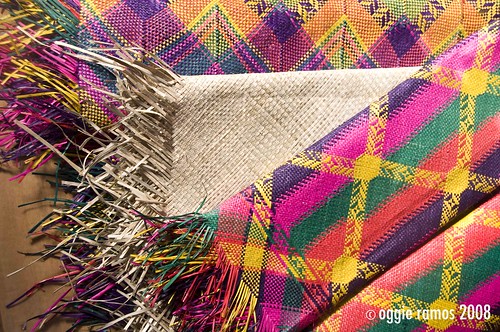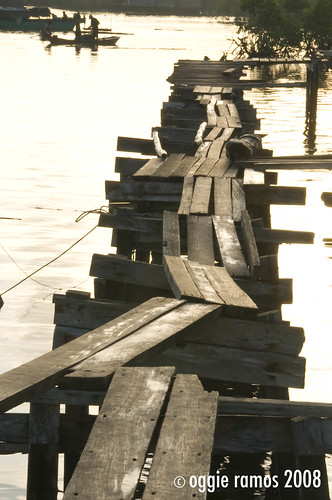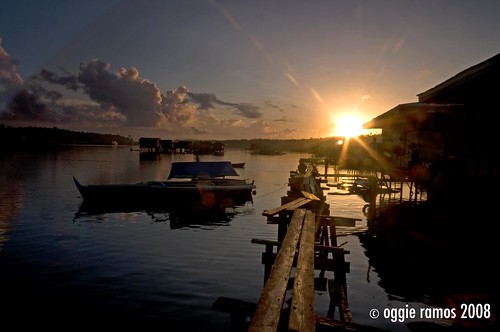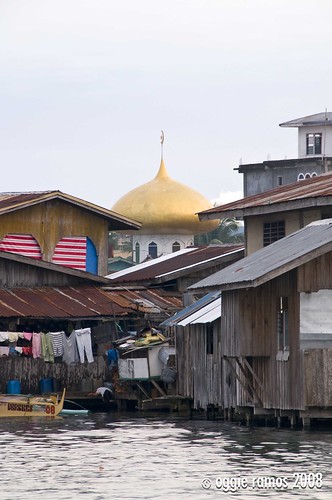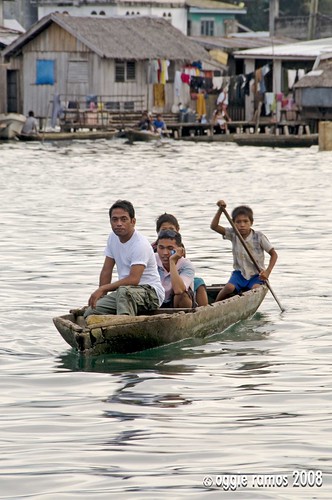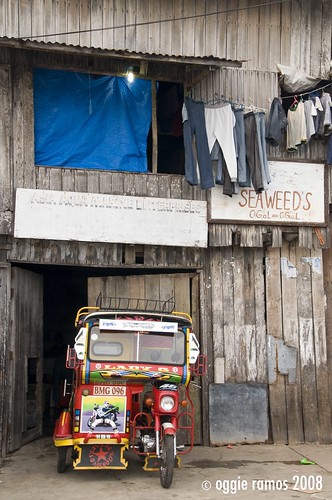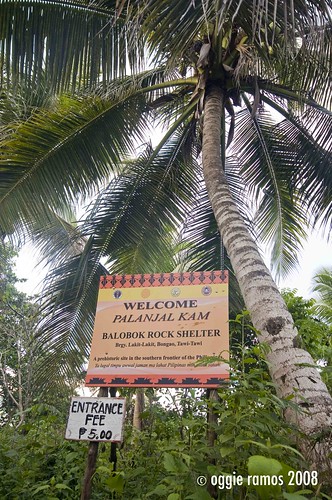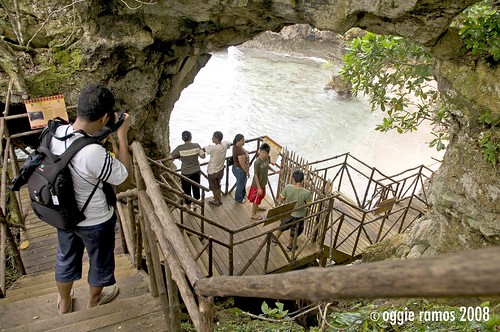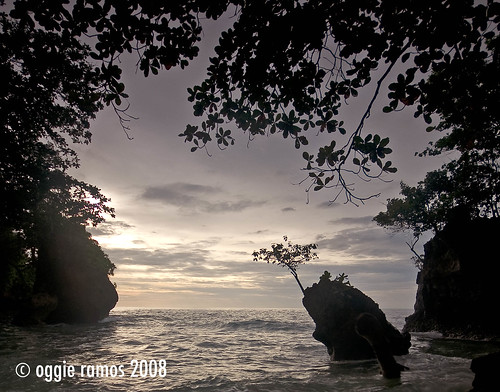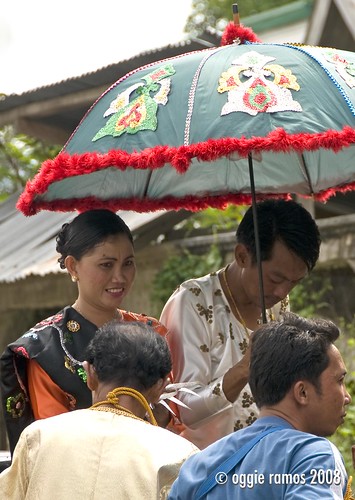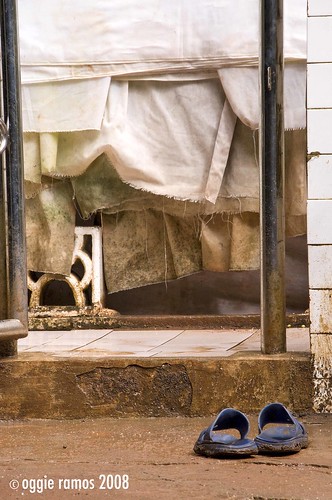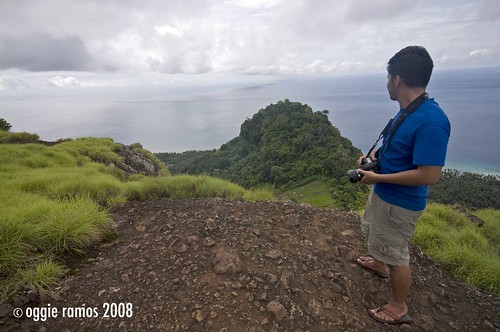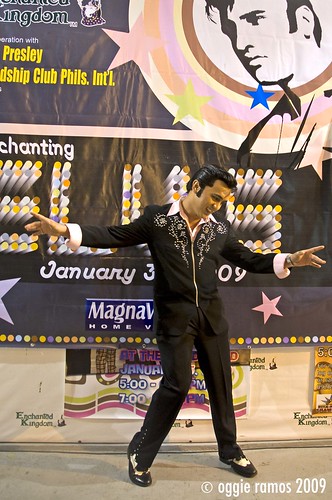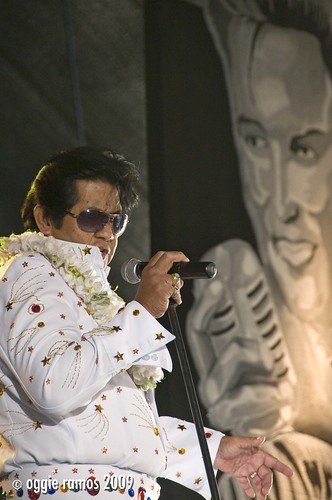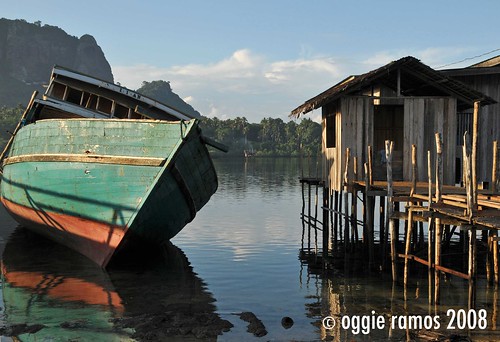 The beauty of getting started early in the morning (it ain't the missed breakfast as no coffee shop is open at 5am out here) is having more time of the glorious morning hours to be in a new place, meet the friendly folks and observe how the day unfolds in a ship building town as Pagasinan.
The beauty of getting started early in the morning (it ain't the missed breakfast as no coffee shop is open at 5am out here) is having more time of the glorious morning hours to be in a new place, meet the friendly folks and observe how the day unfolds in a ship building town as Pagasinan. We found some of the menfolk sawing off slabs of wood along the strip where newer ships share space with decrepit, rundown ones. Local fishermen put out their fresh catch on the sidewalk while some women go around the neighborhood to peddle pails of fishes. The ever-present goats lay unmoving on the roadside, unperturbed by our coming. But not some of the residents who took an interest in their camera-toting guests, peering shyly (or not so shyly) from windows.
We found some of the menfolk sawing off slabs of wood along the strip where newer ships share space with decrepit, rundown ones. Local fishermen put out their fresh catch on the sidewalk while some women go around the neighborhood to peddle pails of fishes. The ever-present goats lay unmoving on the roadside, unperturbed by our coming. But not some of the residents who took an interest in their camera-toting guests, peering shyly (or not so shyly) from windows.
Pagasinan is more than a shipbuilding town though. according to wikipilipinas, It is the weekend capital of Bongao due to its white sand beaches. We weren't able to see any beach due to time constraints but we heard of the tale behind "Susulan Tawi-Tawi" (Tawi-Tawi Beach), a song said to be composed by an American soldier who fell in love with a princess. sounds like good material for another location movie shades of GMA Films' "Batanes" and "Ploning".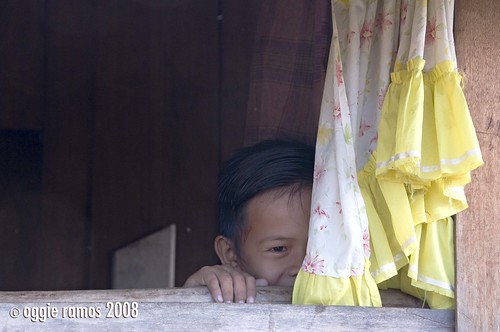 Here are the lyrics of the song translated in Tagalog/Filipino (culled from the forum of singer Christian Bautista who sang a version of the song)
Here are the lyrics of the song translated in Tagalog/Filipino (culled from the forum of singer Christian Bautista who sang a version of the song)
Sa daan ng Tawi Tawi, nakasalubong ko ang mahinhin na babae, doon kami araw at gabi, sa daan ng Tawi Tawi hanggang siya ay umuwi, hinalikan ko siya lumuha ang kanyang mata, ang pag iyak n'ya nakakabighani
Ang mga masayang naranasan namin noon, hanggang sa nagdaan ang mga taon, nag-aantay ako sa kanya, sa daan ng Tawi Tawi
Truly, the place and its people are beautiful to have inspired such a song.
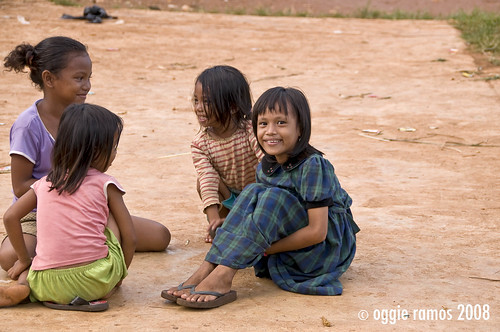 Traveling around the country, one can find a wide diversity of customs and traditions, dialects and languages.
Traveling around the country, one can find a wide diversity of customs and traditions, dialects and languages. 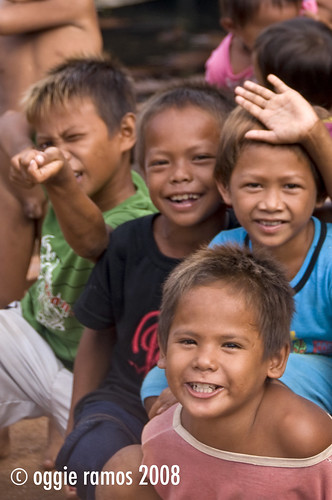 It's been said that the great impediment to the Filipino's unity is our diversity. While O tend to somehow see the connection, O am somewhat of a believer in the fact that where languages fail, a simple gesture like a warm, heartfelt smile can help us find a connection.
It's been said that the great impediment to the Filipino's unity is our diversity. While O tend to somehow see the connection, O am somewhat of a believer in the fact that where languages fail, a simple gesture like a warm, heartfelt smile can help us find a connection. In the end, it matters not if one is rich or poor, Muslim or Christian. Deep inside, we are all Filipinos and our smiling countenance and friendly spirit will shine through.
In the end, it matters not if one is rich or poor, Muslim or Christian. Deep inside, we are all Filipinos and our smiling countenance and friendly spirit will shine through.
